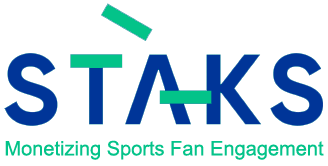By Bala Ganesh – Chief Technology Officer, Staks
As the competition for top tech talent continues to heat up, more and more startups are turning to resources outside the United States to establish the necessary economies of scale for their development tasks. Tapping into the remote resource pool brings its share of benefits when it comes to cost efficiency and available talent, but don’t expect projects to run the same as they would with an in-person, or even in-country, team.
You’re up against different time zones and conflicting schedules as people work on intricately connected pieces of code that are changing constantly. The potential for misunderstandings –and costly errors –is high. And no amount of money saved can make up for a less-than-perfect product.
So is the remote route even worth it? With the right approach, yes. Let’s explore how you can mitigate some of the risks and roadblocks associated with managing a remote development team.
Communicate clearly & regularly
When knowledge is spread across different regions and time zones, how do you keep the team in sync? First, it’s mission-critical to make sure all requirements have been clearly documented in a central location so everyone’s on the same page and working from a single source of truth.
Next, carve out a time when everyone can connect daily, regardless of time zone. Even 15-30 minutes spent together can make a difference in terms of team camaraderie and communication. This is also a great time for team members to identify and discuss potential issues. Don’t worry about solving everything then and there, since relevant parties can connect after the team meeting to drill down into solutions. What’s important is to get everyone thinking strategically and proactively as a group.
Keep code consistent With different pieces of a project progressing in totally different parts of the world, how can you ensure coding uniformity?
All the collaboration in the world means nothing if your code keeps breaking. That’s why you have to make sure that peer reviews of code are happening on a regular basis, especially if some members of the team have less experience than others.
Additionally, a workflow tool can log every check-in and check-out of code, making it easier for team members to always work from the latest version. Our development team uses GitHub as a repository that manages code entries. The tool triggers an approval process for checking in and out code, so no member of the team inadvertently works on another’s code.
Keep your eyes on the prize—the product
Clear expectations, regular communication and a comprehensive workflow all help ensure a quality end product, but there’s no better safeguard than actual QA testing. In other words, make sure the end product is being held to the absolute highest standard before it goes out. Treat quality assurance as the final authority and make sure you’re working from a comprehensive report that details any possible issues.



